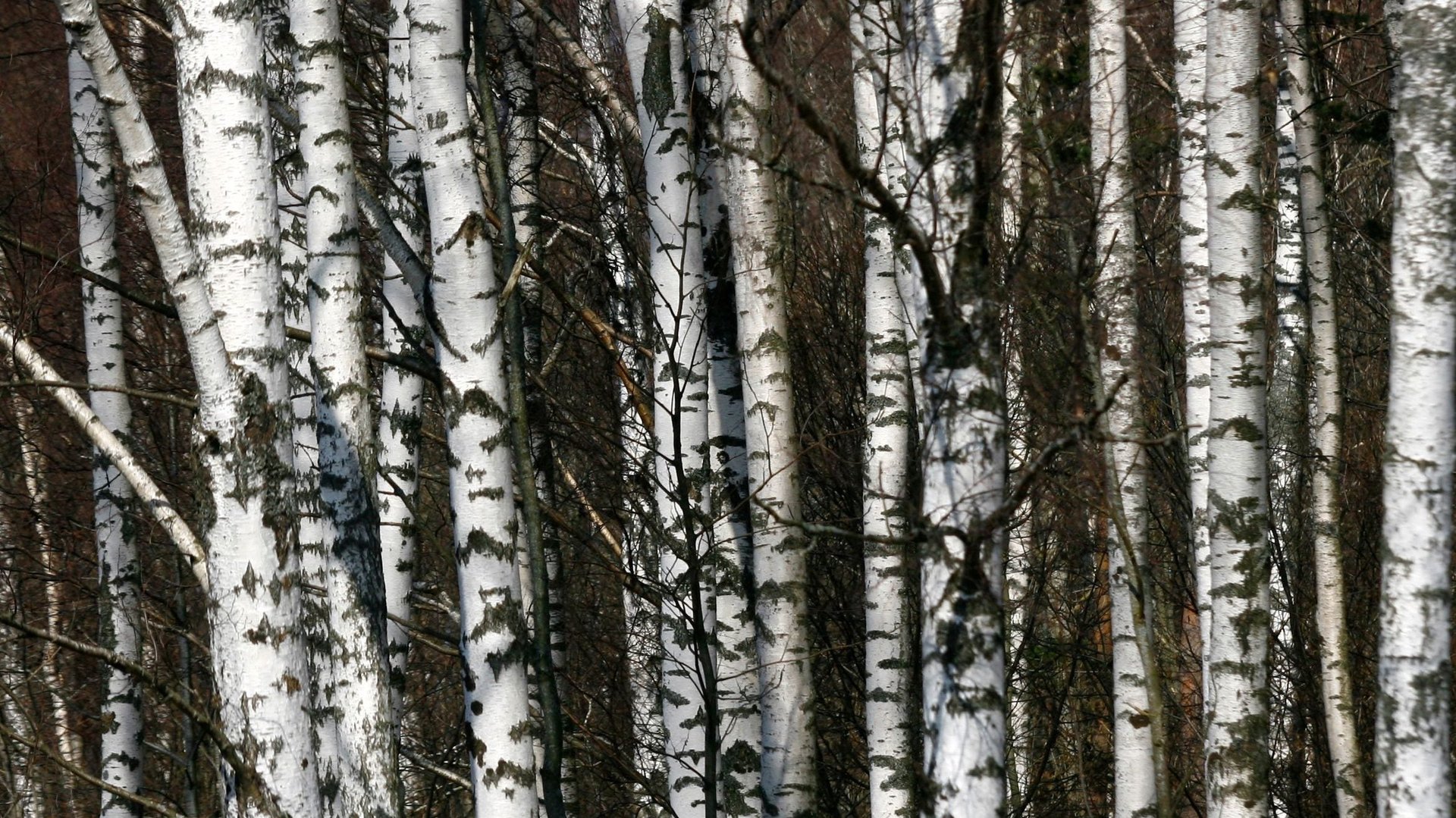Anthropologie’s $42 birch branches and the thriving economy of luxury sticks
I’ll cut right to it: Anthropologie is selling sticks. Yes, like, just sticks; sticks that exist freely in nature, sticks that you could theoretically find somewhere outside.


I’ll cut right to it: Anthropologie is selling sticks. Yes, like, just sticks; sticks that exist freely in nature, sticks that you could theoretically find somewhere outside.
It’s now sold out of a bundle of birch branches that cost $42, but you can still get a single decorative branch for $24. Both items, according to Anthropologie’s website, are “imported,” and the single branch comes with a disclaimer: “Due to its nature, expect slight variation in the size and appearance of each piece.”
The first time I went into an Anthropologie store with my mom a few years ago, she went around picking up knit scarves and whimsical, whirly skirts, wincing at the price tag and then muttering, “I could make this!” I tried explaining that that’s part of the store’s appeal: a handmade, artisanal look that screams, “I have urban tastes, but I’m still down to earth and authentic.” These branches take that image to a new level: they allow the consumer to purchase an aesthetic that implies you’re close to nature without actually having to go outdoors.
It’s especially easy to poke fun at Anthropologie for this, given their reputation for selling expensive rustic or shabby chic items (remember this $100 rusty trash can?). And the reviews indicate that people are having fun with this; my favorite, written by “StickConnoisseur,” gave the bundle of sticks 5 stars. “Don’t settle for those nasty domestic sticks. So basic,” they write. “These sticks are IMPORTED. When only the best sticks will do.”
But, of course, Anthropologie sells what it thinks consumers want, which means these sticks are a reflection of us as a culture. The fact that they’re sold out of the birch bundles means the idea is resonating with people. And there are plenty of other vendors that sell birch sticks; search Amazon or Etsy, and you’ll find bundles and individual sticks of varying lengths and wood types. You can also buy pine cones, pine needles, and decorative rocks.
These objects have cultural meaning; home decor is meant to convey who we are and what we value. And what we value can be defined not only in absolute terms — for instance, “I appreciate nature” — but also in the context of our culture as a whole, our tastes can be defined in opposition to other predominant styles — like choosing to decorate with sticks instead of, say, a TV, or a souvenir from Disney World. It’s a choice meant to convey simplicity and a lack of pretension, and you can see that aesthetic in other cultural trends right now, from the “old, worn-in jeans” look, rustic chic farm weddings, and the cult of “minimalism,” all of which require people to spend a lot of money to look like they’re the kind of people who haven’t spent a lot of money.
Speaking of which, if you’re going to buy those sticks, pro tip: you can get four large branches on Etsy for $16, compared to $24 for just the one at Anthropologie. But perhaps four is too many; it would ruin the simplicity that comes with having just one, which you could have conceivably picked up on a leisurely afternoon hike. No one comes home with four sticks. And there, perhaps, is the genius of Anthropologie’s marketing.